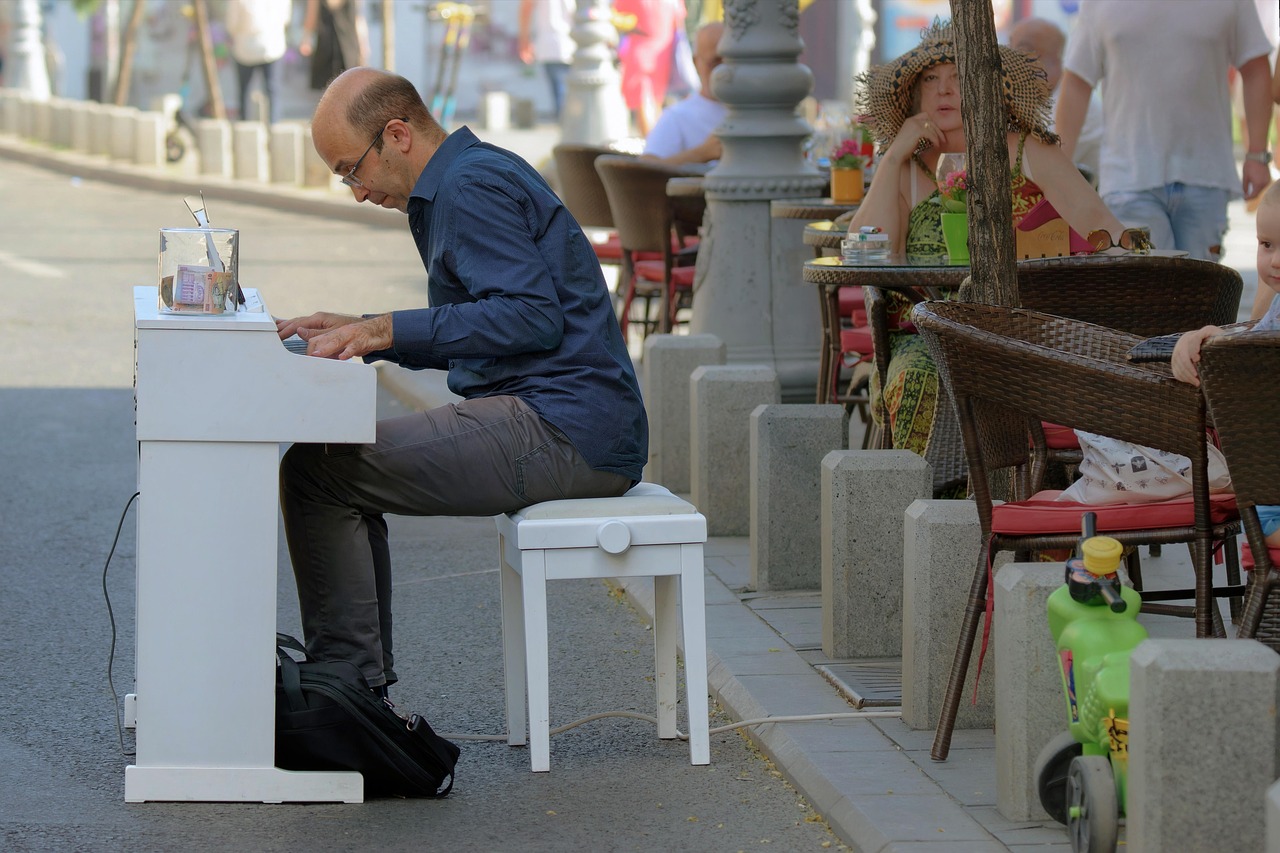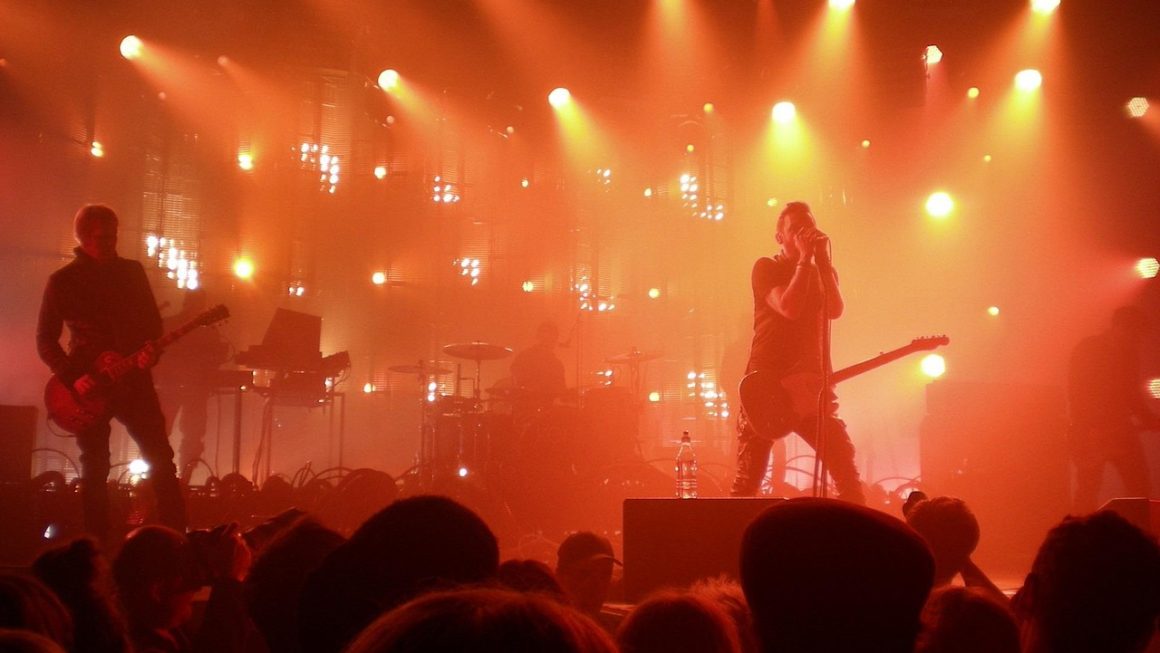Pop culture is the lifeblood of modern society, constantly evolving and reflecting our collective interests, anxieties, and aspirations. From trending TikTok dances to blockbuster movies, understanding pop culture provides insight into what captivates the masses and shapes our cultural landscape. This blog post delves into the multifaceted world of pop culture, exploring its various dimensions and its impact on our lives.
What is Pop Culture?
Pop culture, short for “popular culture,” encompasses the prevailing trends, ideas, and activities that are widely accepted and enjoyed by a society at a given time. It’s a dynamic mix of entertainment, fashion, language, and values, often driven by media consumption and technological advancements.
Defining Characteristics
- Widespread Appeal: Pop culture is accessible and engaging to a large segment of the population.
- Commercialization: It’s often driven by commercial interests and mass production.
- Trend-Driven: Pop culture is characterized by its rapidly changing trends and fads.
- Reflection of Society: It reflects the current social, political, and economic climate.
Examples of Pop Culture Elements
- Music: Chart-topping songs, popular genres, music festivals (e.g., Taylor Swift’s Eras Tour, the rise of K-Pop).
- Film & Television: Blockbuster movies, streaming series, reality TV shows (e.g., Barbie, Stranger Things, The Bachelor).
- Fashion: Clothing trends, accessories, hairstyles (e.g., Y2K fashion resurgence, athleisure wear).
- Technology: Social media platforms, video games, mobile apps (e.g., TikTok trends, Fortnite, Instagram filters).
- Language & Memes: Catchphrases, internet memes, slang (e.g., “OK Boomer,” using GIFs in communication).
The Evolution of Pop Culture
Pop culture isn’t static; it’s constantly evolving, influenced by technological advancements, social shifts, and historical events.
From Print to Digital
- Early Pop Culture (Pre-20th Century): Books, newspapers, and traveling theater troupes were primary sources of entertainment.
- The Rise of Mass Media (20th Century): Radio, movies, and television revolutionized how people consumed entertainment and information.
- The Digital Age (21st Century): The internet, social media, and streaming services have democratized content creation and consumption, leading to a more fragmented and diverse pop culture landscape.
The Impact of Social Media
Social media has dramatically altered the dynamics of pop culture:
- Viral Content: Platforms like TikTok and Instagram can propel individuals and trends to global fame overnight.
- Direct Engagement: Artists and celebrities can directly interact with their fans, bypassing traditional media gatekeepers.
- Niche Communities: Social media fosters niche communities around specific interests, leading to the proliferation of subcultures.
Historical Examples of Pop Culture Shifts
- The Roaring Twenties: Jazz music, flapper fashion, and a rebellious spirit defined this era.
- The Rock ‘n’ Roll Era (1950s): Elvis Presley and the rise of rock ‘n’ roll challenged traditional values and ushered in a new era of youth culture.
- The Counterculture Movement (1960s): Anti-establishment sentiments, psychedelic music, and alternative lifestyles shaped this period.
- The MTV Generation (1980s): Music videos, fashion trends, and a focus on consumerism characterized this era.
The Impact of Pop Culture on Society
Pop culture influences various aspects of society, from our values and beliefs to our purchasing decisions and political views.
Shaping Values and Beliefs
- Social Norms: Pop culture can reinforce or challenge existing social norms related to gender, race, sexuality, and class.
- Moral Debates: Films, TV shows, and music can spark discussions about ethical dilemmas and social issues.
- Role Models: Celebrities and influencers often serve as role models, shaping people’s aspirations and behaviors.
Driving Economic Trends
- Consumerism: Pop culture fuels consumerism by promoting products, brands, and lifestyles.
- Marketing and Advertising: Companies use pop culture references and celebrity endorsements to target consumers.
- Tourism: Popular movies and TV shows can boost tourism to filming locations (e.g., Lord of the Rings in New Zealand).
Influencing Political Discourse
- Social Activism: Celebrities and artists use their platforms to advocate for social and political causes.
- Political Satire: Comedy shows and memes can provide commentary on current events and political figures.
- Public Opinion: Pop culture can shape public opinion on important issues, influencing policy decisions.
How to Engage with Pop Culture Critically
While pop culture can be entertaining and informative, it’s important to engage with it critically.
Understanding Media Literacy
- Source Evaluation: Evaluate the credibility and bias of the sources of information you consume.
- Recognizing Bias: Be aware of the perspectives and agendas that may be influencing the content.
- Fact-Checking: Verify information from multiple sources to ensure accuracy.
Identifying Cultural Appropriation
- Definition: Cultural appropriation is the adoption of elements of a minority culture by members of a dominant culture, often without understanding or respecting their original context.
- Examples: Wearing traditional clothing from another culture as a costume, using sacred symbols for commercial purposes, or mimicking accents for comedic effect.
- Consequences: Cultural appropriation can perpetuate stereotypes, trivialize cultural heritage, and cause harm to marginalized communities.
Promoting Diversity and Inclusion
- Supporting Diverse Creators: Seek out and support artists, writers, and filmmakers from underrepresented backgrounds.
- Challenging Stereotypes: Speak out against stereotypes and harmful representations in pop culture.
- Engaging in Dialogue: Participate in discussions about diversity and inclusion in media and entertainment.
Conclusion
Pop culture is a dynamic and influential force that shapes our world in countless ways. By understanding its various dimensions and engaging with it critically, we can better navigate the complex cultural landscape and contribute to a more informed, inclusive, and equitable society. As trends continue to evolve at an ever-increasing pace, maintaining a critical perspective and awareness of the messages being conveyed is more important than ever.




